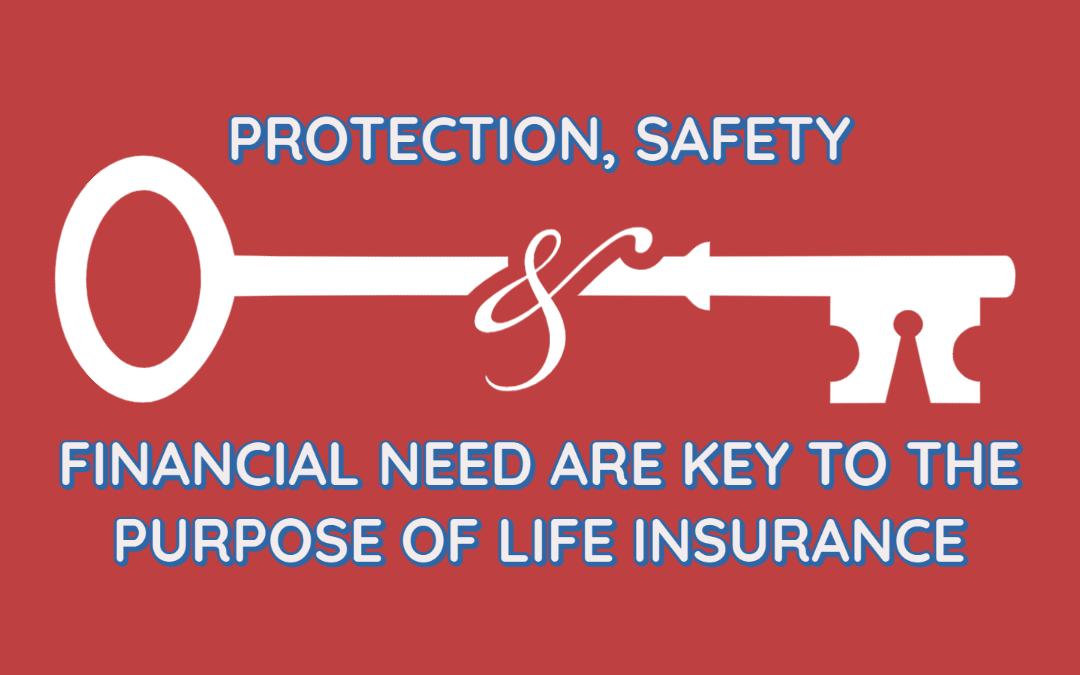What Does Pacific Prime Mean?
What Does Pacific Prime Mean?
Blog Article
A Biased View of Pacific Prime
Table of ContentsHow Pacific Prime can Save You Time, Stress, and Money.Some Known Facts About Pacific Prime.What Does Pacific Prime Do?The Definitive Guide for Pacific PrimePacific Prime Fundamentals Explained

This is due to the fact that the data were collected for a period of solid financial performance. Of the estimated 42 million people that were uninsured, all however concerning 420,000 (about 1 percent) were under 65 years of age, the age at which most Americans come to be qualified for Medicare; 32 million were adults between ages 18 and 65, about 19 percent of all grownups in this age group; and 10 million were kids under 18 years of age, regarding 13.9 percent of all children (Mills, 2000).
These price quotes of the variety of individuals uninsured are produced from the yearly March Supplement to the Existing Population Study (CPS), carried out by the Census Bureau. Unless or else noted, nationwide estimates of individuals without health and wellness insurance coverage and percentages of the population with various kinds of coverage are based upon the CPS, the most extensively used resource of estimates of insurance policy coverage and uninsurance prices.
The Single Strategy To Use For Pacific Prime

Still, the CPS is especially helpful because it generates annual quotes relatively rapidly, reporting the previous year's insurance policy protection estimates each September, and since it is the basis for a consistent collection of quotes for greater than twenty years, enabling evaluation of patterns in coverage with time. For these reasons, as well as the extensive use the CPS in other researches of insurance protection that are offered in this report, we rely upon CPS price quotes, with limitations noted.

The estimate of the number of uninsured people increases when a population's insurance standing is tracked for several years. Over a three-year duration beginning early in 1993, 72 million individuals, 29 percent of the U.S. https://businesslistingplus.com/profile/pacificpr1me/. population, lacked insurance coverage for a minimum of one month. Within a solitary year (1994 ), 53 million individuals experienced at the very least a month without coverage (Bennefield, 1998a)
Six out of every ten uninsured grownups are themselves used. Functioning does enhance the probability that one and one's household participants will have insurance coverage, it is not a guarantee. Even participants of family members with 2 full time wage earners have almost a one-in-ten opportunity of being without insurance (9.1 percent uninsured rate) (Hoffman and Pohl, 2000).
Pacific Prime Fundamentals Explained
New immigrants account for a significant percentage of individuals without medical insurance. One analysis has actually associated a significant part of the recent growth in the dimension of the U.S. without insurance population to immigrants who got here in the country in between 1994 and 1998 (Camarota and Edwards, 2000). Recent immigrants (those that involved the United States within the previous four years) do have a high price of being uninsured (46 percent), but they and their children account for simply 6 percent of those without insurance coverage nationally (Holahan et al., 2001).
The connection in between medical insurance and accessibility to care is well established, as documented later in this phase. The relationship between health and wellness insurance policy and wellness end results is neither straight neither straightforward, a comprehensive medical and health and wellness solutions research study literature links health insurance protection to better accessibility to care, much better top quality, and boosted individual and population health and wellness status.
Degrees of analysis for examining the results of uninsurance. It focuses specifically on those without any kind of health and wellness insurance for any kind of length of time.
The Buzz on Pacific Prime
The issues dealt my latest blog post with by the underinsured are in some aspects similar to those faced by the without insurance, although they are generally much less extreme. expat insurance. Uninsurance and underinsurance, nevertheless, involve definitely different plan issues, and the strategies for addressing them might differ. Throughout this research study and the five reports to comply with, the primary emphasis gets on individuals without any wellness insurance policy and hence no assistance in spending for healthcare past what is offered through charity and safeguard organizations
Health and wellness insurance is an effective aspect affecting invoice of care due to the fact that both clients and medical professionals respond to the out-of-pocket price of solutions - https://freddys-marvelous-site-a71e82.webflow.io/. Medical insurance, nevertheless, is neither required nor sufficient to acquire access to clinical solutions. The independent and direct result of health insurance policy coverage on access to health and wellness services is well established.
Others will certainly acquire the healthcare they require also without medical insurance, by spending for it expense or seeking it from suppliers who provide treatment totally free or at very subsidized rates. For still others, health insurance policy alone does not ensure receipt of treatment due to various other nonfinancial obstacles, such as an absence of healthcare service providers in their community, limited accessibility to transport, illiteracy, or etymological and cultural differences.
Pacific Prime - Questions
Official research regarding uninsured populations in the USA dates to the late 1920s and early 1930s when the Board on the Cost of Medical Treatment produced a series of records regarding funding doctor workplace check outs and hospitalizations. This problem came to be salient as the varieties of medically indigent climbed throughout the Great Anxiety.
Report this page